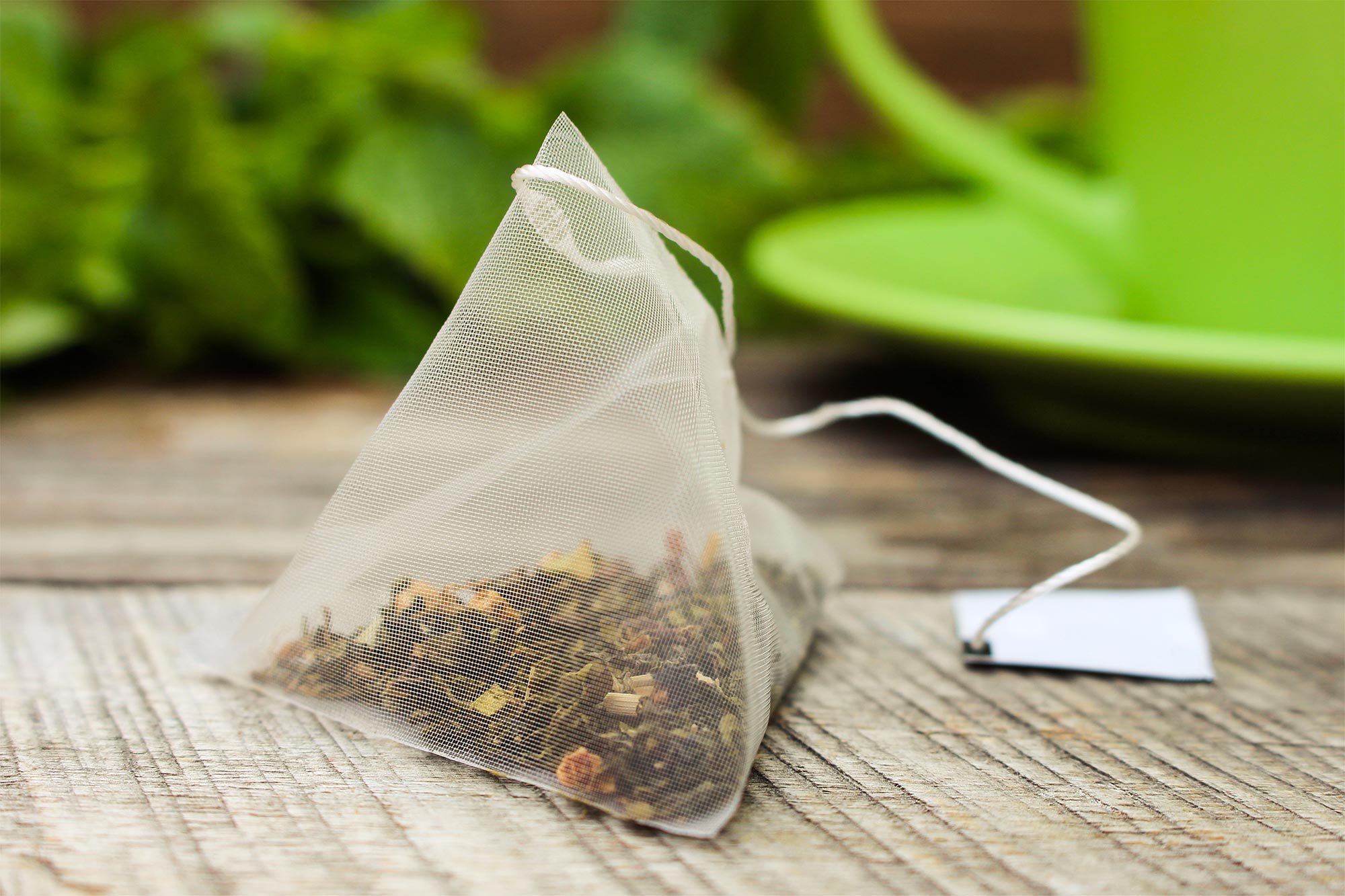Ever noticed how plastic seems to be everywhere these days? Well, turns out, it’s not just in packaging and bottles—it’s also in the tiniest particles that can end up in your tea. Microplastics in tea are minuscule plastic fragments, usually less than 5 millimeters in size. These tiny bits are all around us—floating in the air, settling in our oceans, and yes, sometimes even making their way into your cup. They originate from larger plastic items breaking down over time, as well as from products that are deliberately made with microplastic components. The real concern? These particles are so small that they can enter our bodies through food and drinks without us even realizing it.

The Composition of Modern Tea Bags

Gone are the days when tea bags were just simple paper pouches. Today, many modern tea bags are designed for durability and aesthetic appeal, but with that comes a hidden ingredient—plastic. Plastic in tea bags is more common than you might think. Some of the most common materials used in tea bags include:
-
Polypropylene (PP) – This is added to heat-seal tea bags and prevent them from falling apart.
-
Nylon mesh – Often found in pyramid-shaped premium tea bags.
-
PET (polyethylene terephthalate) – A type of plastic used in many high-end tea bags.
-
Polyester – Used in some mesh tea bags for a stronger structure.
While these materials make tea bags more sturdy, they also introduce synthetic particles into your tea when exposed to hot water.
Microplastics and Tea Bags: Understanding the Health Risks
Here’s where things get unsettling. Research from McGill University found that a single plastic-based tea bag, when steeped in hot water, can release around 11.6 billion microplastic particles and 3.1 billion nanoplastic particles into your drink. Yes, you read that right—billions.
So, what does this mean for your health? While research is still ongoing, potential concerns include:
-
Microplastics in tea can accumulate in your body over time – Since these particles don’t break down easily, they may build up over prolonged exposure.
-
They can carry harmful chemicals and pollutants – Some plastics contain additives that might have adverse effects when ingested regularly.
-
Unknown long-term effects – Scientists are still investigating the full impact of microplastics in tea bags, but early studies suggest they may interfere with cellular functions.
-
Some particles are small enough to cross cellular barriers – Meaning they could potentially travel beyond digestion and into other parts of the body.
Making the Switch: How to Enjoy Tea Safely
Don’t worry, you don’t have to give up your daily cup of tea! The good news is that avoiding microplastics in tea is easier than you think. Here’s how:
1. Choose Loose Leaf Tea

Picture: High Zing 5500 - Nepal Black loose leaf tea
-
Provides a richer, more authentic tea experience.
-
Gives leaves the space they need to expand fully for better flavor.
-
Eliminates the risk of plastic in tea bags completely.
-
Often turns out to be more cost-effective in the long run.
2. If Using Tea Bags, Look For:
-
100% organic cotton tea bags – A safe, biodegradable option.
-
Unbleached paper tea bags – A natural alternative without synthetic materials.
-
Tea bags labeled “plastic-free” – Some brands now offer fully compostable tea bags.
-
Traditional string-and-paper bags (without staples) – The classic, no-fuss solution.
3. Invest in Tea Accessories

-
A simple tea strainer for effortless brewing.
-
A reusable tea infuser for convenience.
-
A teapot with a built-in strainer to steep tea in the purest way possible.
Switching to loose leaf tea isn’t just about avoiding microplastics in tea bags—it’s about embracing a better, more flavorful tea experience. Next time you steep a cup, think about what’s really in your tea bag. With just a few small changes, you can enjoy tea the way it was meant to be—pure, rich, and free from unnecessary plastic.
So, what’s in your cup today?
Written by:
Bhaskar Dahal



